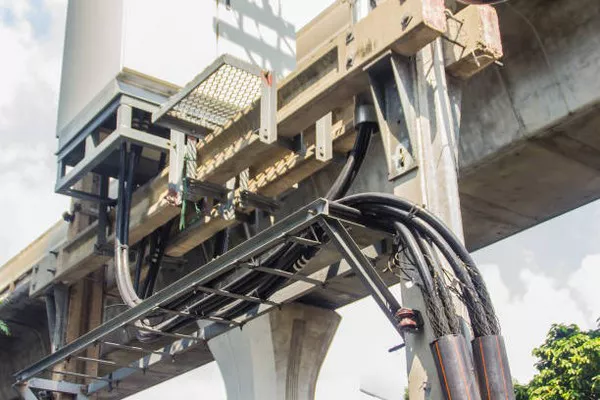Transformers are integral components of electrical distribution systems, responsible for the efficient transmission and distribution of electrical power. A 100 kVA (kilovolt-ampere) transformer is a common type used in various applications, from industrial settings to residential neighborhoods. Understanding the cost factors associated with a 100 kVA transformer is essential for both consumers and businesses. In this article, we will delve into the various aspects that influence the cost of a 100 kVA transformer.
Transformer Basics
Before we discuss the cost factors, it’s important to understand the basic function of a transformer. Transformers are devices that transfer electrical energy from one circuit to another by electromagnetic induction. They consist of two coils, known as the primary and secondary windings, which are typically wound around a core made of materials like iron or steel. The primary winding is connected to the power source, while the secondary winding delivers the transformed voltage to the load.
Cost Determinants
The cost of a 100 kVA transformer can vary widely based on several key factors. Let’s explore these factors in detail:
a. Transformer Type: Transformers come in various types, including distribution transformers, power transformers, and autotransformers. Each type serves different purposes and has unique design features. The type of transformer required for a specific application will significantly impact its cost.
b. Voltage Rating: Transformers are available in different voltage ratings. The voltage rating refers to the maximum voltage at which the transformer can operate safely. Higher voltage ratings often result in higher costs due to the need for specialized materials and construction.
c. Core Material: The core material used in the transformer greatly affects its cost. Transformers with cores made of high-quality materials, such as silicon steel or amorphous metal, tend to be more expensive but offer better performance and efficiency.
d. Winding Material: The quality and quantity of copper or aluminum used for the windings can influence the cost. Transformers with larger, high-quality windings typically come at a higher price.
e. Efficiency Rating: Transformers are rated for their energy efficiency, with higher-efficiency models generally costing more. Energy-efficient transformers reduce power losses, leading to long-term cost savings on electricity bills.
f. Cooling System: Transformers may employ different cooling methods, such as oil-immersed or dry-type cooling systems. The choice of cooling system can impact both the initial cost and long-term maintenance expenses.
g. Enclosure Type: The enclosure or housing of a transformer can vary from open-wound designs to fully enclosed units. The level of protection required for the transformer will influence its cost.
h. Manufacturing Standards: Compliance with specific industry standards and certifications, such as IEEE or IEC standards, can add to the cost but ensures the transformer meets safety and performance requirements.
Customization and Special Requirements
In many cases, transformers need to be customized to meet the specific needs of a project or application. Customization can involve design modifications, special winding configurations, or unique voltage requirements. These customization requirements can significantly affect the cost of a 100 kVA transformer.
Additionally, transformers used in specialized environments, such as hazardous locations or extreme climates, may require additional features and materials to ensure safe and reliable operation. These special requirements can also contribute to higher costs.
Market Conditions
The cost of transformers is subject to market conditions, including supply and demand dynamics, raw material prices, and economic fluctuations. When demand for transformers is high or when the cost of materials like copper and steel increases, the price of transformers can rise accordingly.
Transportation and Installation
The cost of a 100 kVA transformer includes not only the unit itself but also expenses related to transportation, handling, and installation. Transformers can be large and heavy, requiring specialized equipment and skilled labor for transport and installation. These costs should be factored into the overall budget.
Maintenance and Operating Costs
While the initial purchase price is a significant consideration, it’s equally important to consider the long-term maintenance and operating costs of a transformer. Energy-efficient transformers may have higher upfront costs but can lead to substantial savings in energy consumption over their operational lifetime. Maintenance costs, such as periodic inspections and oil changes for oil-filled transformers, should also be budgeted.
Conclusion
In conclusion, the cost of a 100 kVA transformer can vary widely based on a range of factors, including transformer type, voltage rating, core and winding materials, efficiency rating, customization, and market conditions. Understanding these cost determinants is essential for making informed decisions when purchasing and installing transformers in various applications. It’s important to strike a balance between upfront costs and long-term operational efficiency to maximize the value of a transformer investment. Properly selecting and maintaining a transformer will not only ensure reliable electrical distribution but also contribute to energy savings and overall cost-effectiveness.

